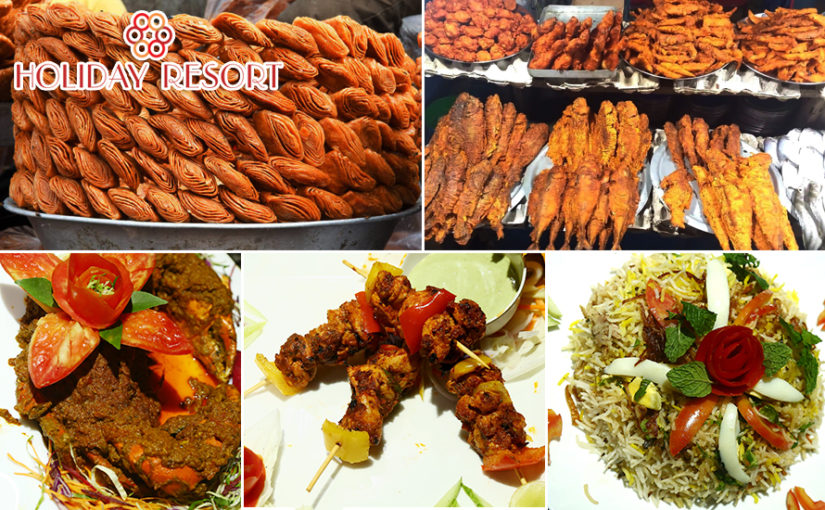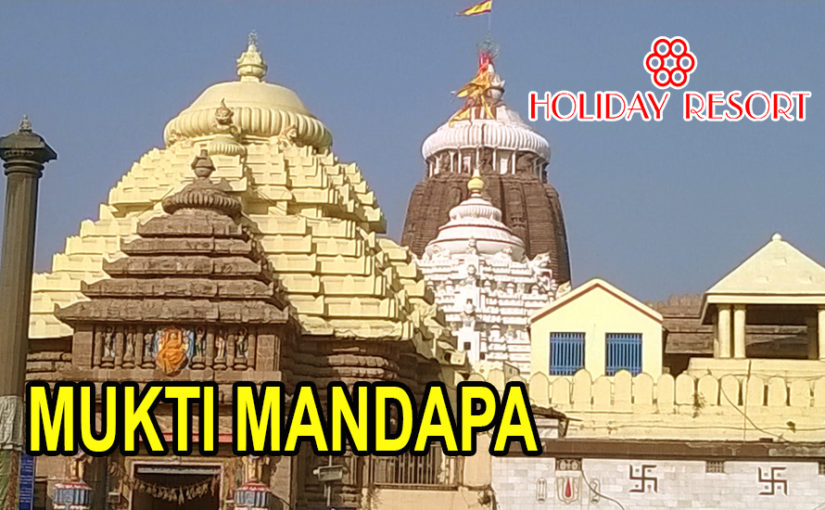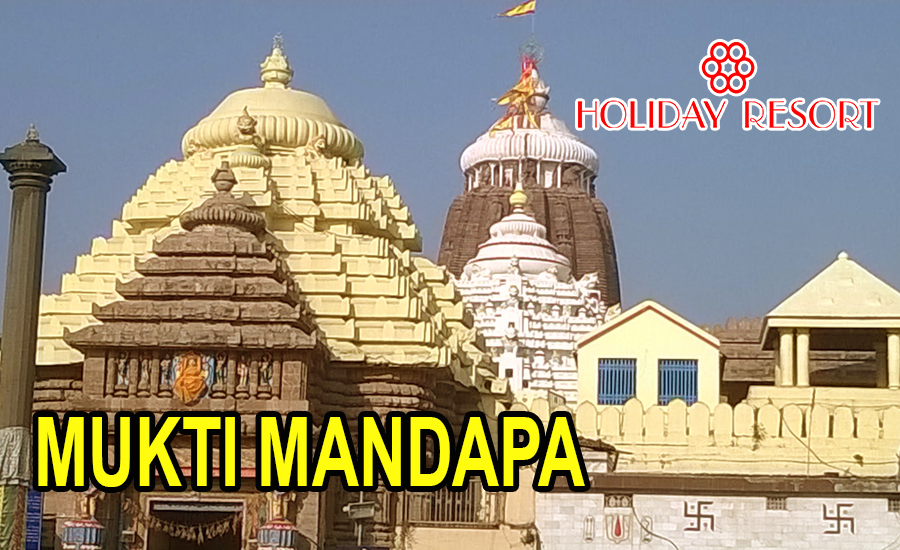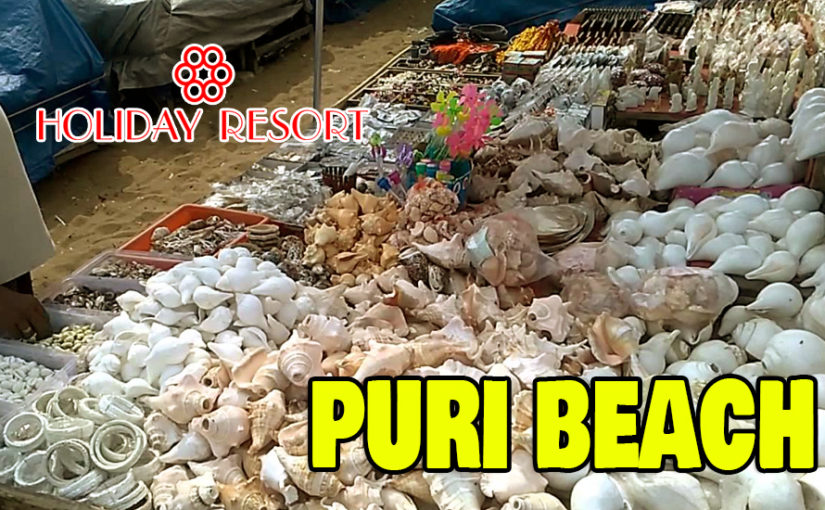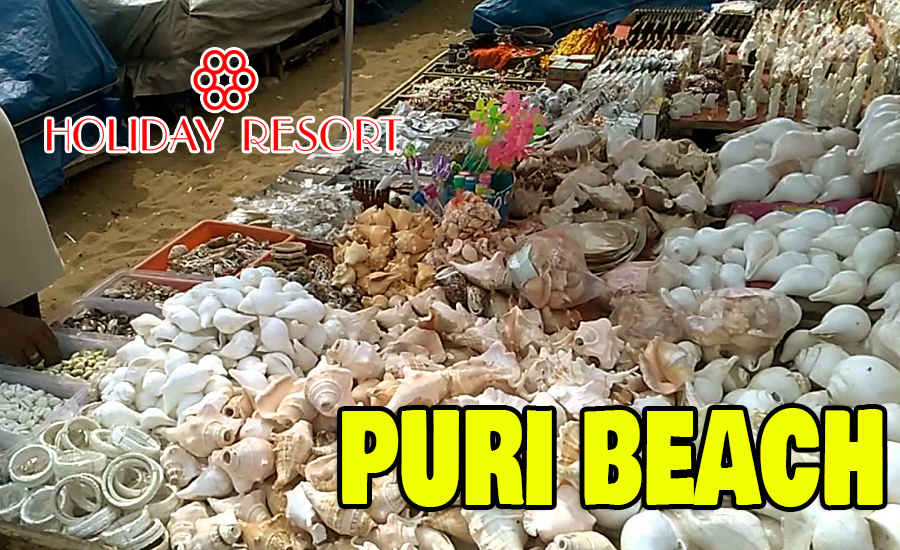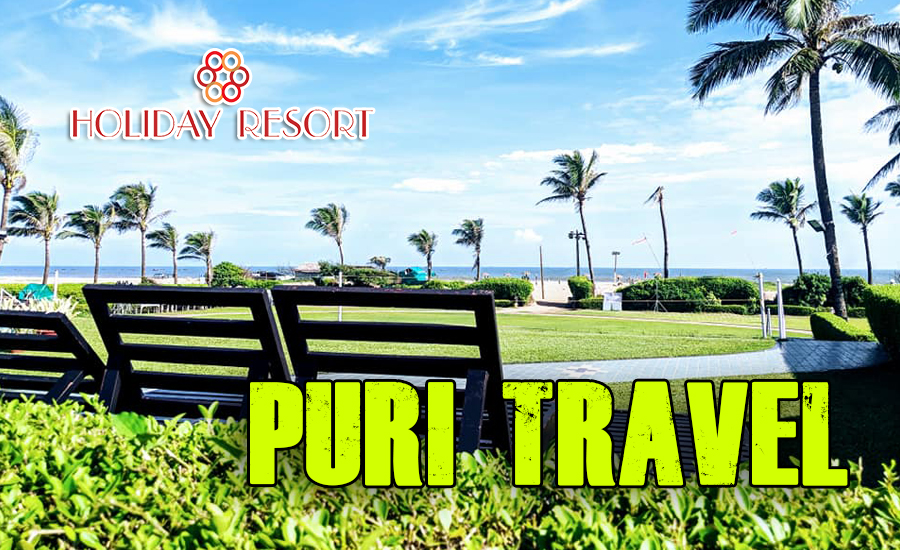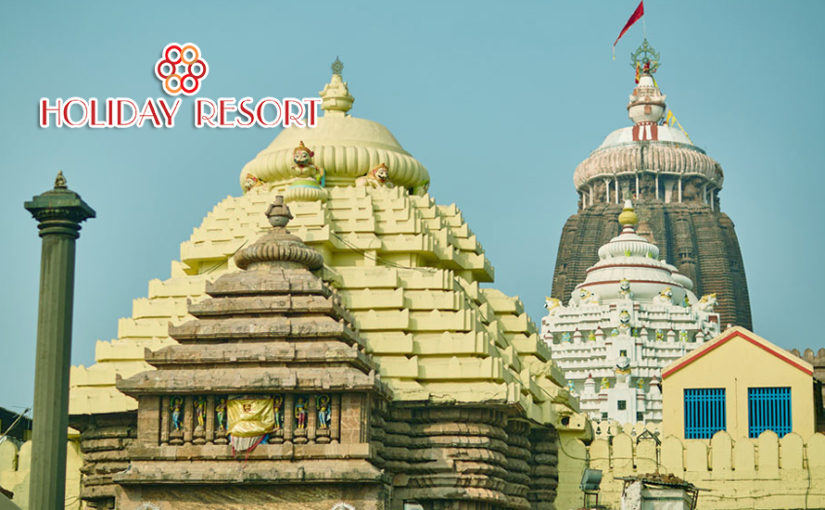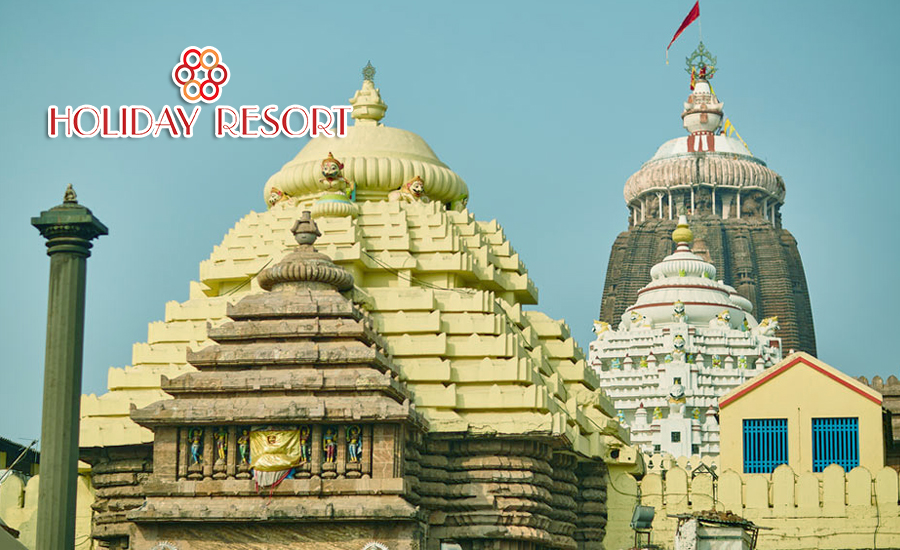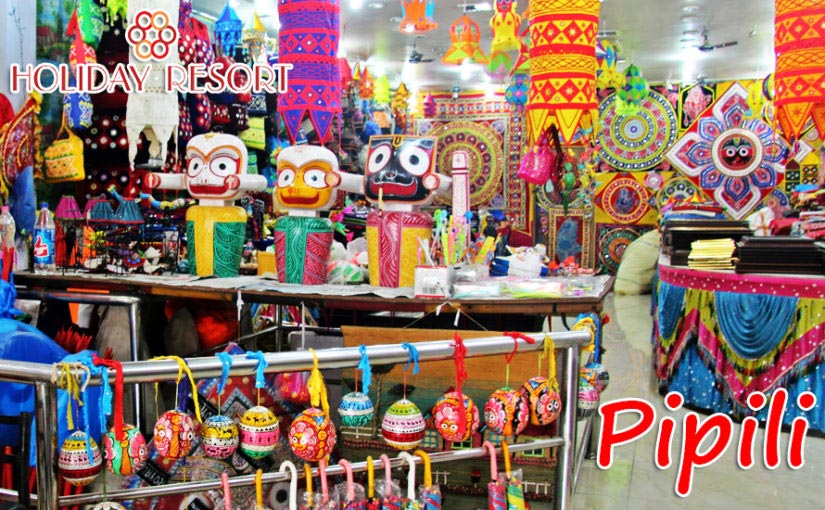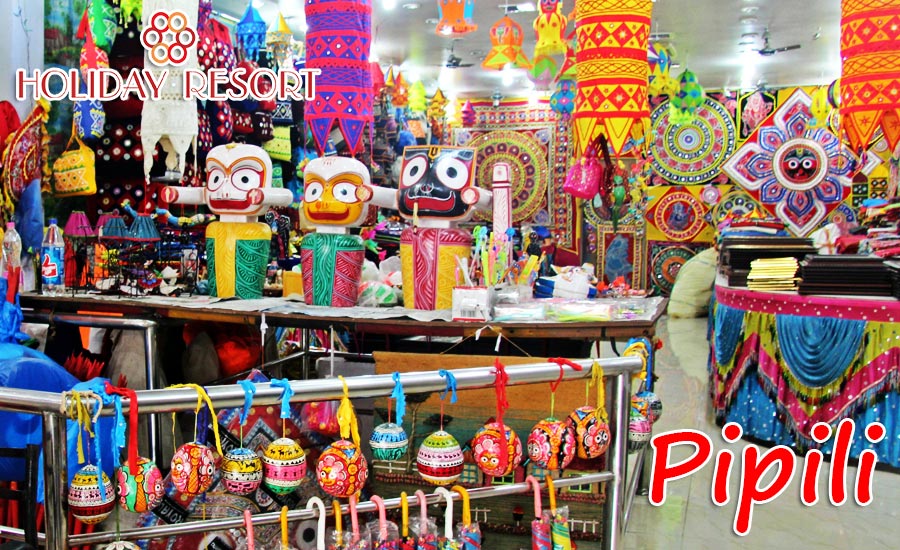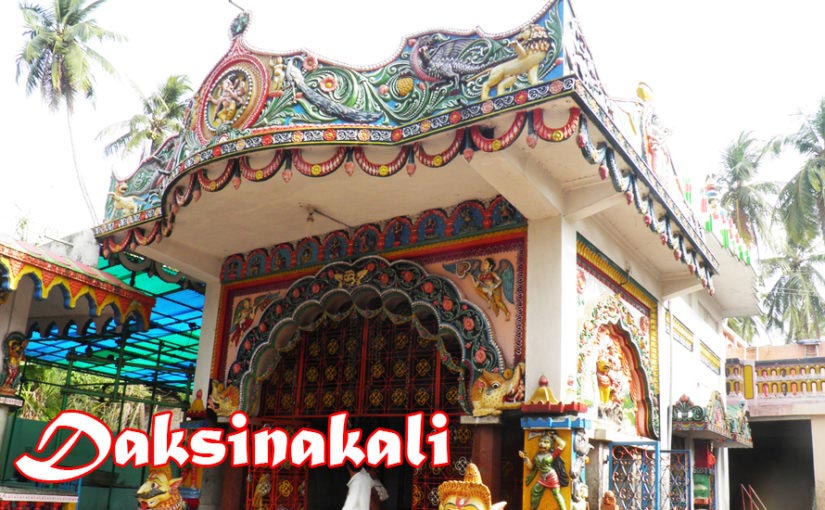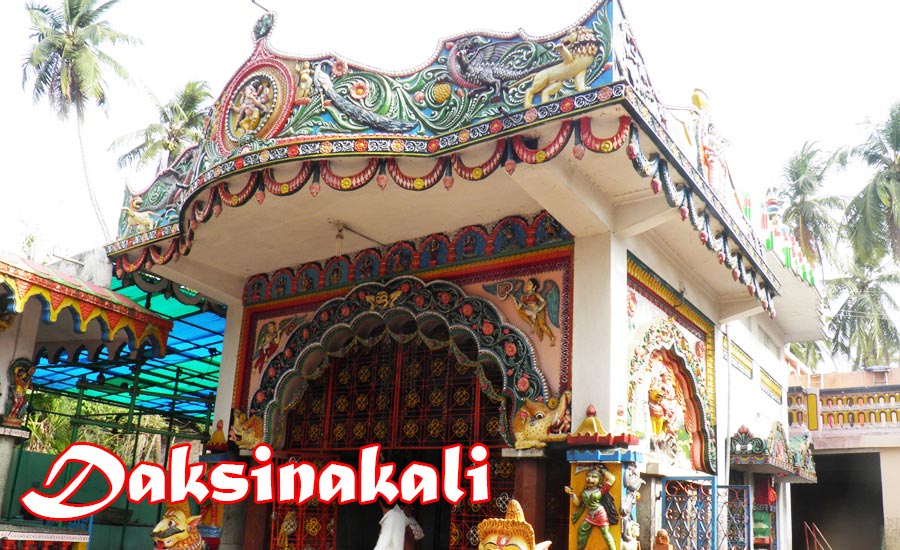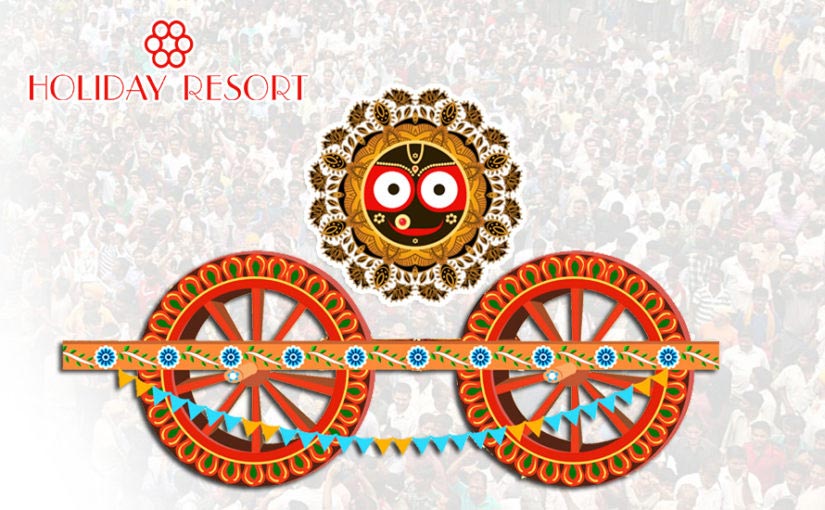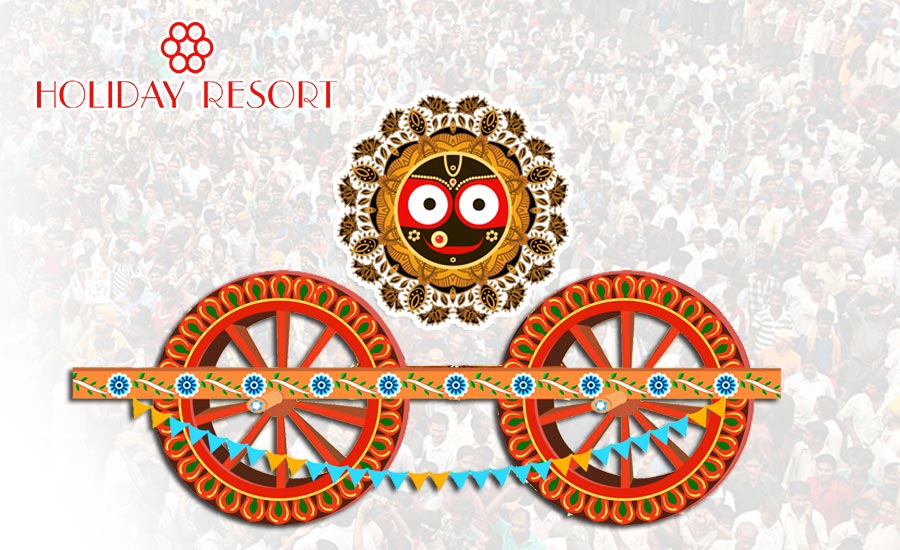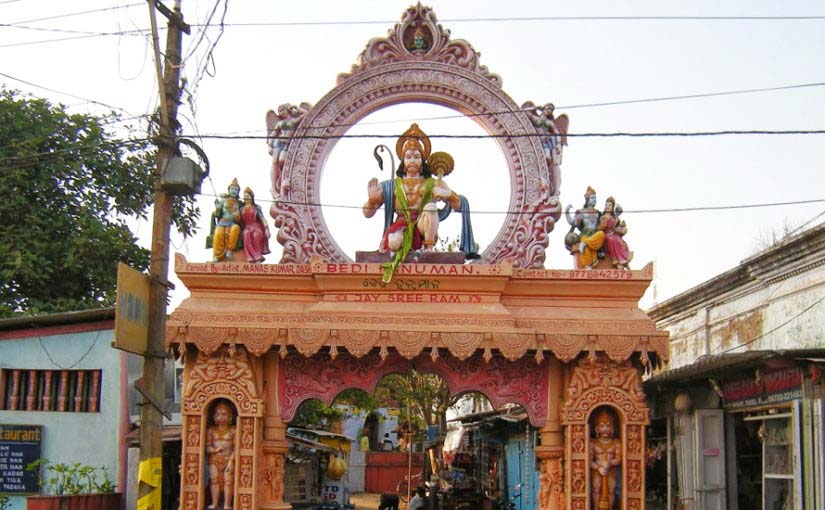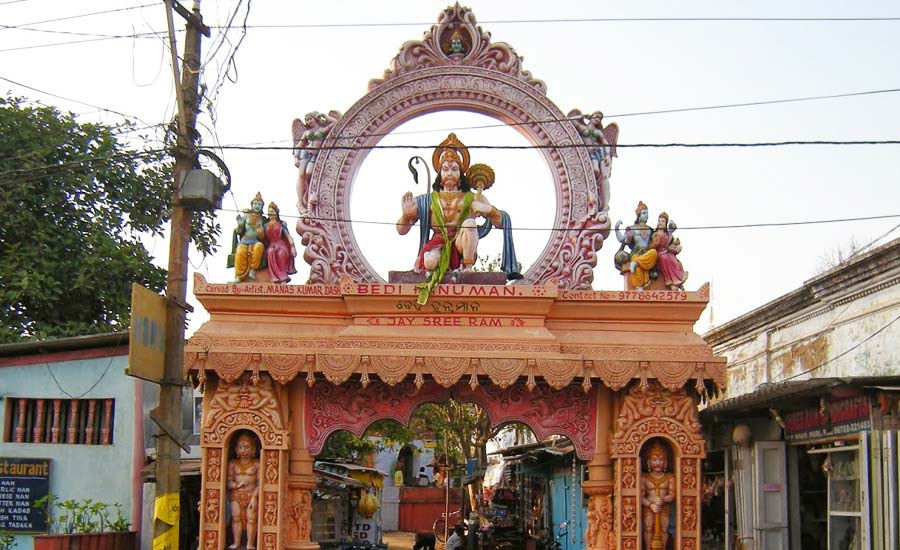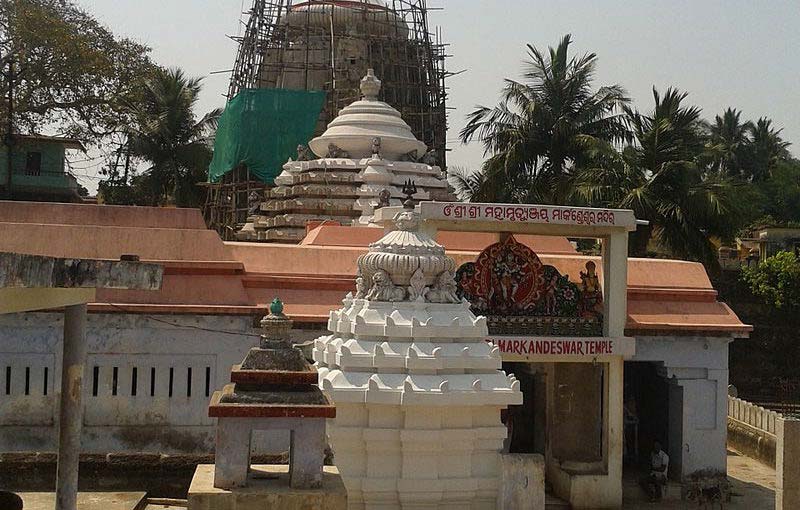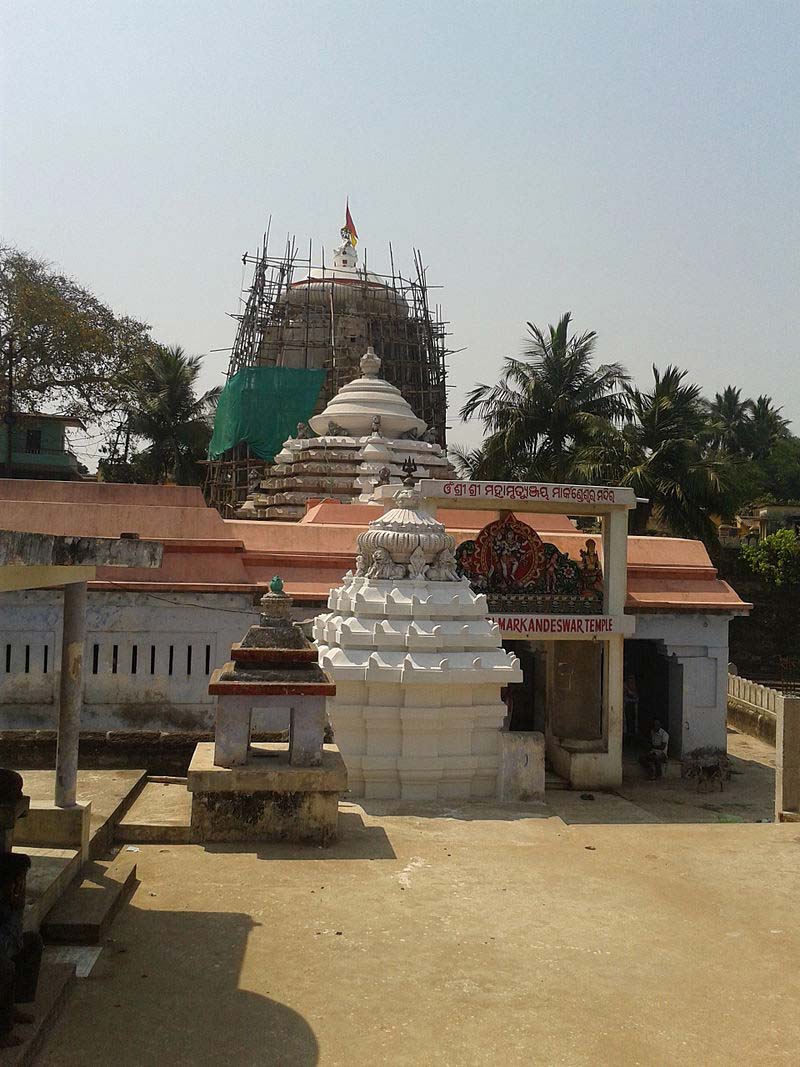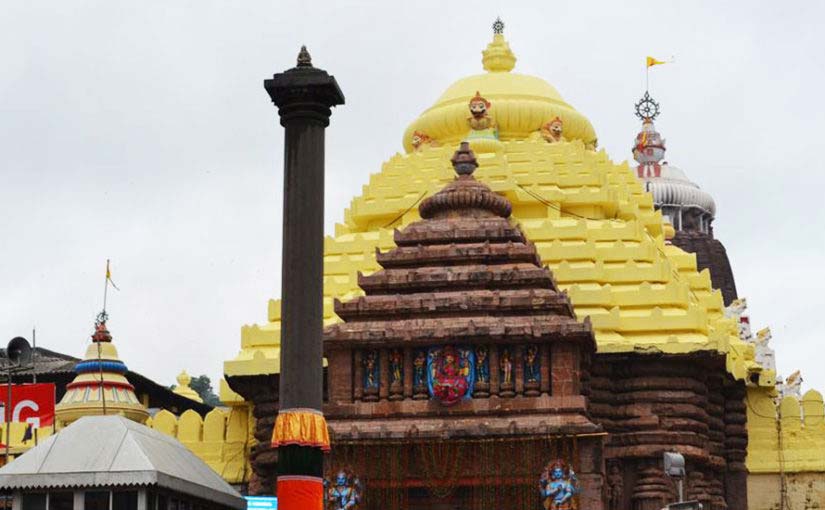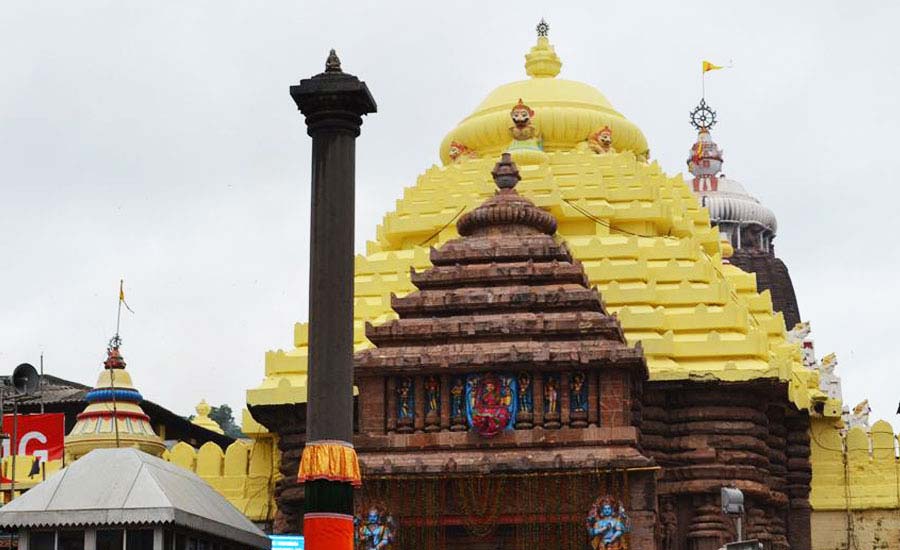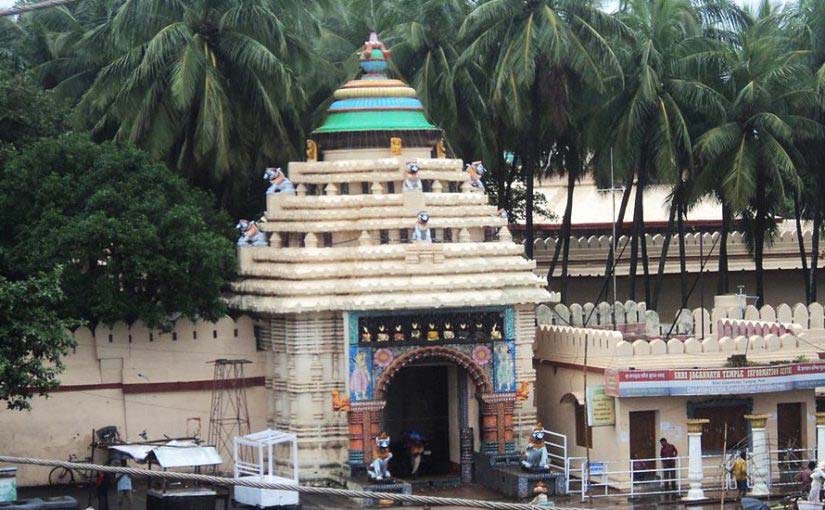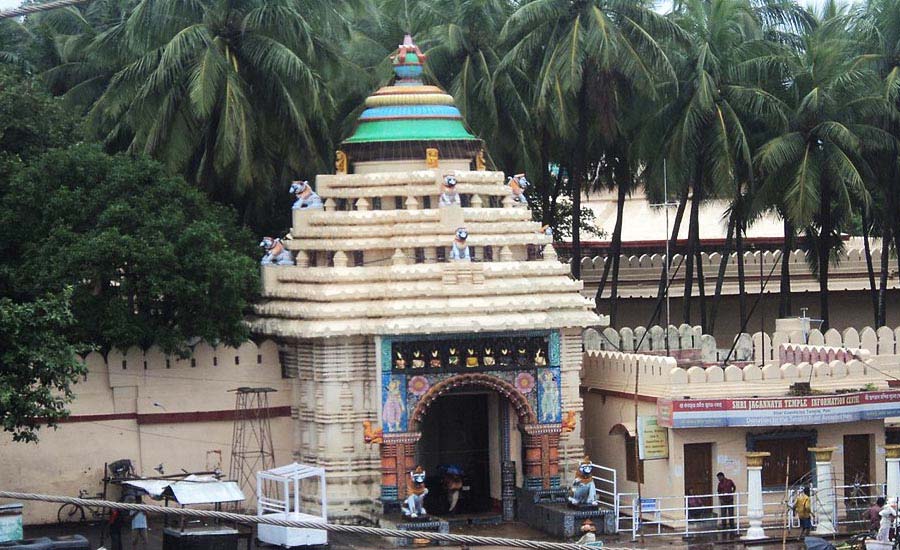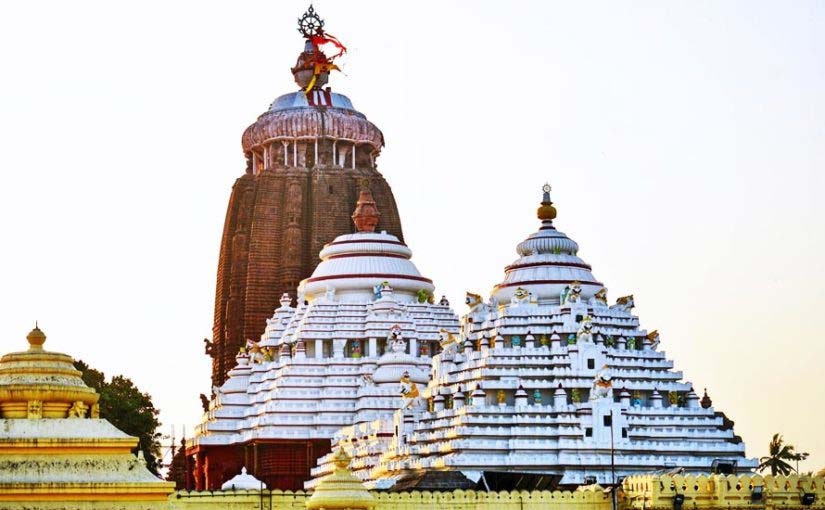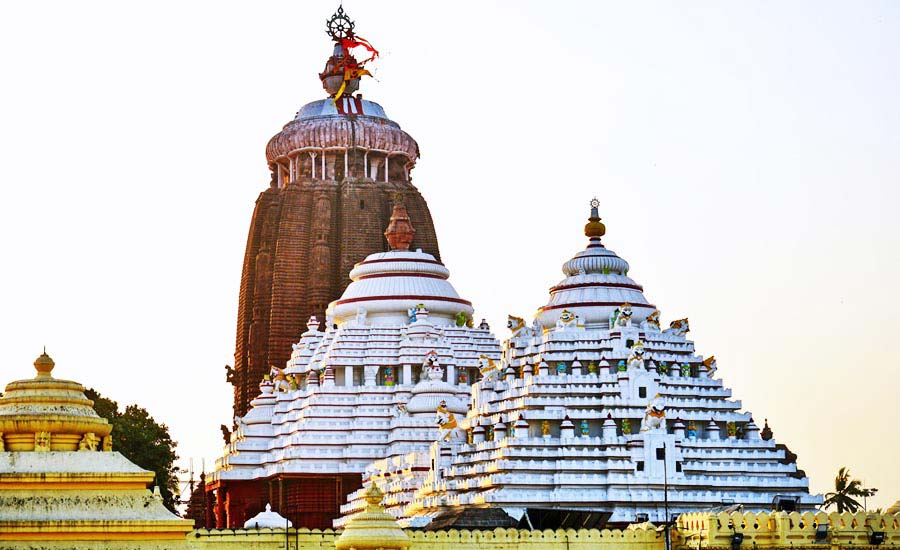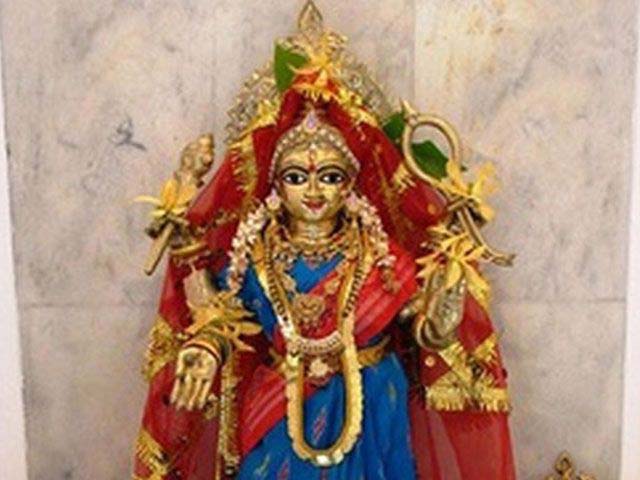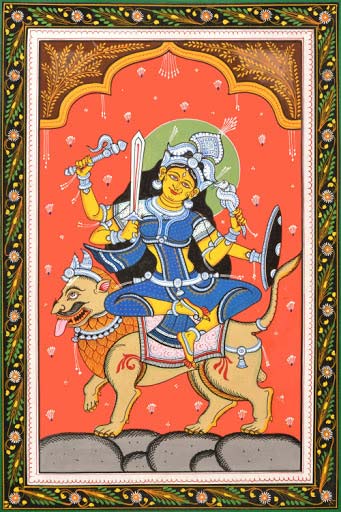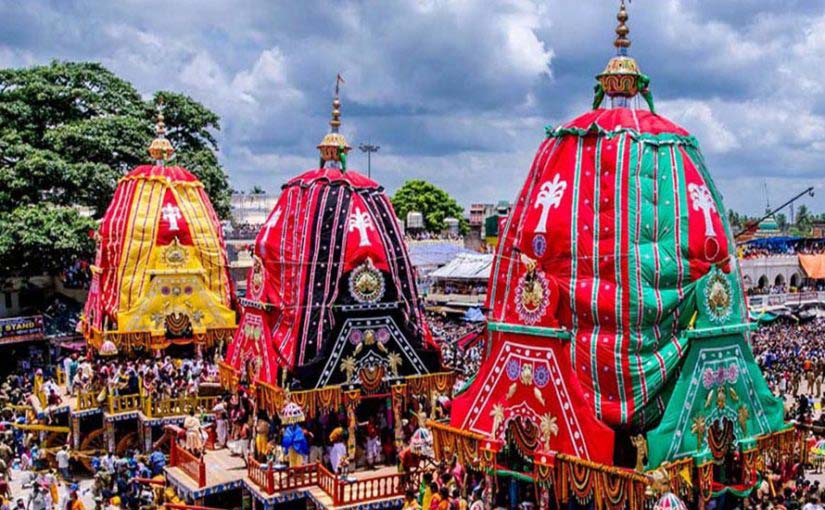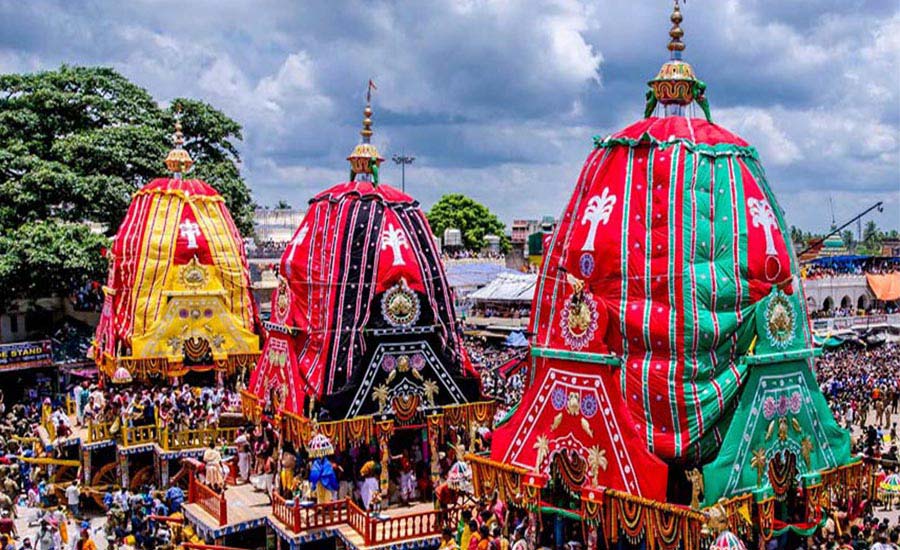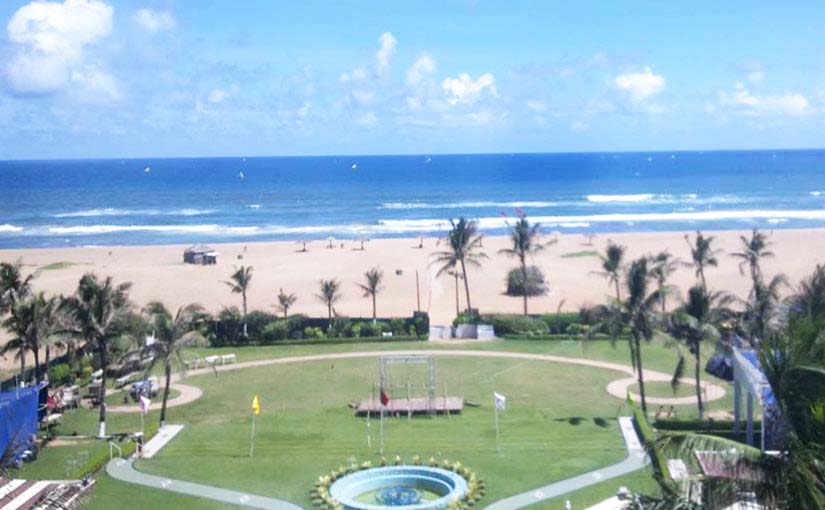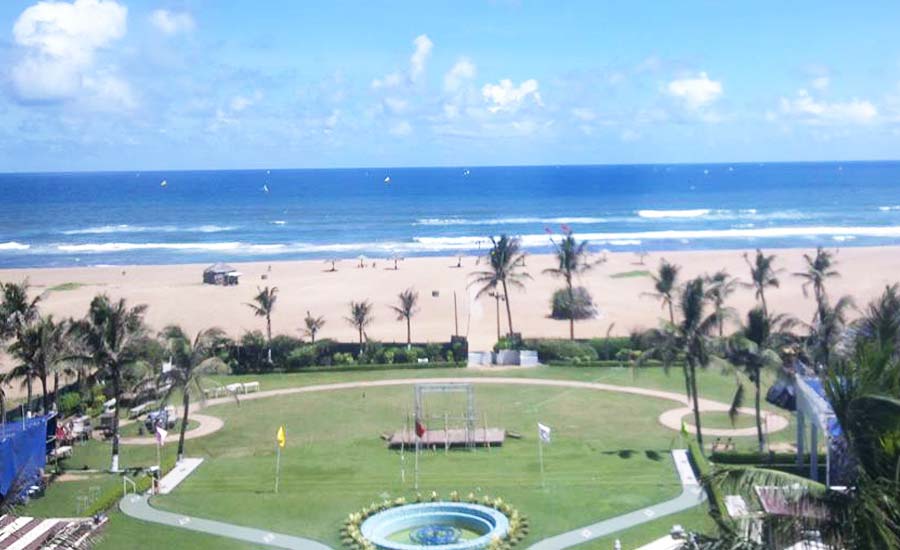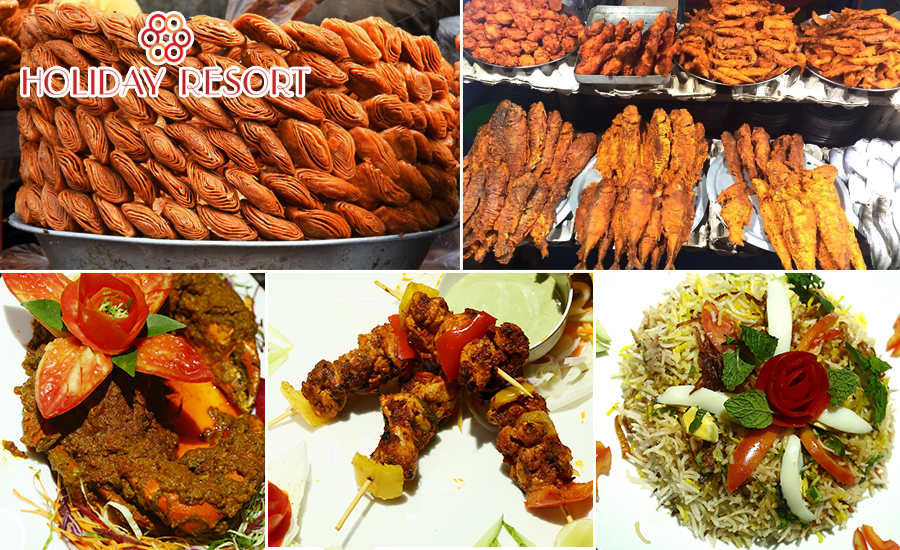
The number of delicacies that Puri can serve you is innumerable. Starting from the street food, local dishes from the local eateries to Puri restaurants that offer international menus, the choices are multiple. The famous Jagannath Bhog or Prasadam is the highlight of this town in Odisha. So, what to eat and where can be a difficult question to tackle with when you’re at Puri.
But, here we are to your rescue! We’ve a list of the delicacies and eateries that are totally unmissable.
- Jagannath Bhog
The Prasadam served at Jagannath temple is a must-eat when you visit Puri. It is cooked in seven pots, one kept on top of the other but, here’s a strange fact; the pot on the top gets cooked first followed by the second and so on. Sounds interesting, isn’t it? That is one of the specialities of Puri Jagannath Prasadam. The taste will linger in your minds for years to come keeping you craving for more.
It is the holy food for Odias and devotees worldwide and is available at the Lord Jagannath Temple at Puri.
- Indian Food
If you’re looking for the local Indian style dishes, there are many Puri restaurants which you can look for. The Wildgrass Restaurant, Bhojohori Manna, The Gajapati Restaurant and Golden Green are some of the very well known eateries.
Gajapati Restaurant is perfect for people looking for vegetarian and vegan dishes.
If you want to try non-vegetarian food, the Maachha Besara (deep fried Rohu Fish in Mustard Gravy) and Chingudi Kassa (Spicy Shrimp dish) are a must. The local eateries specialise in the Odia style food. There are also many restaurants near Puri beach that serve food local Odia and Indian style, like Puri Beach Resort. You will keep licking your fingers, trust us!
- Chinese Cuisine
Some people obsess over Chinese Food! We do too! So, are you looking for a hotel in Puri that serves Chinese delicacies? You’ll love Chung Wah restaurant! It is the one-stop solution for Chinese food admirers. It serves dishes that you’ll never be able to get enough of. It will take your taste buds on a wonderful ride.
You can also try the restaurants near Puri beach as almost every hotel in Puri serves Chinese dishes.
- Seafood
Being a town on the Bay of Bengal, Puri is popular for its seafood. There are many seafood restaurants in Puri that specialise in making these delicacies. Wildgrass Restaurant is the best place to enjoy these luscious items with eclectic flavours.
- Puri Cheesecake
Known as Chena Poda in the local language, it is a dessert the locals swear by! It is a baked item prepared in ovens or tandoors. It is a special food item that you will find nowhere except Odisha and especially Puri. It is basically cheese curd that will straight go to your heart, not just your tummy!
Next time you visit Puri, make sure you relish these mouth-watering foods! You will certainly come back for more!
Stay Tuned with Hotel Holiday Resort at www.puriholidayresort.com to gather all the information about Puri.

